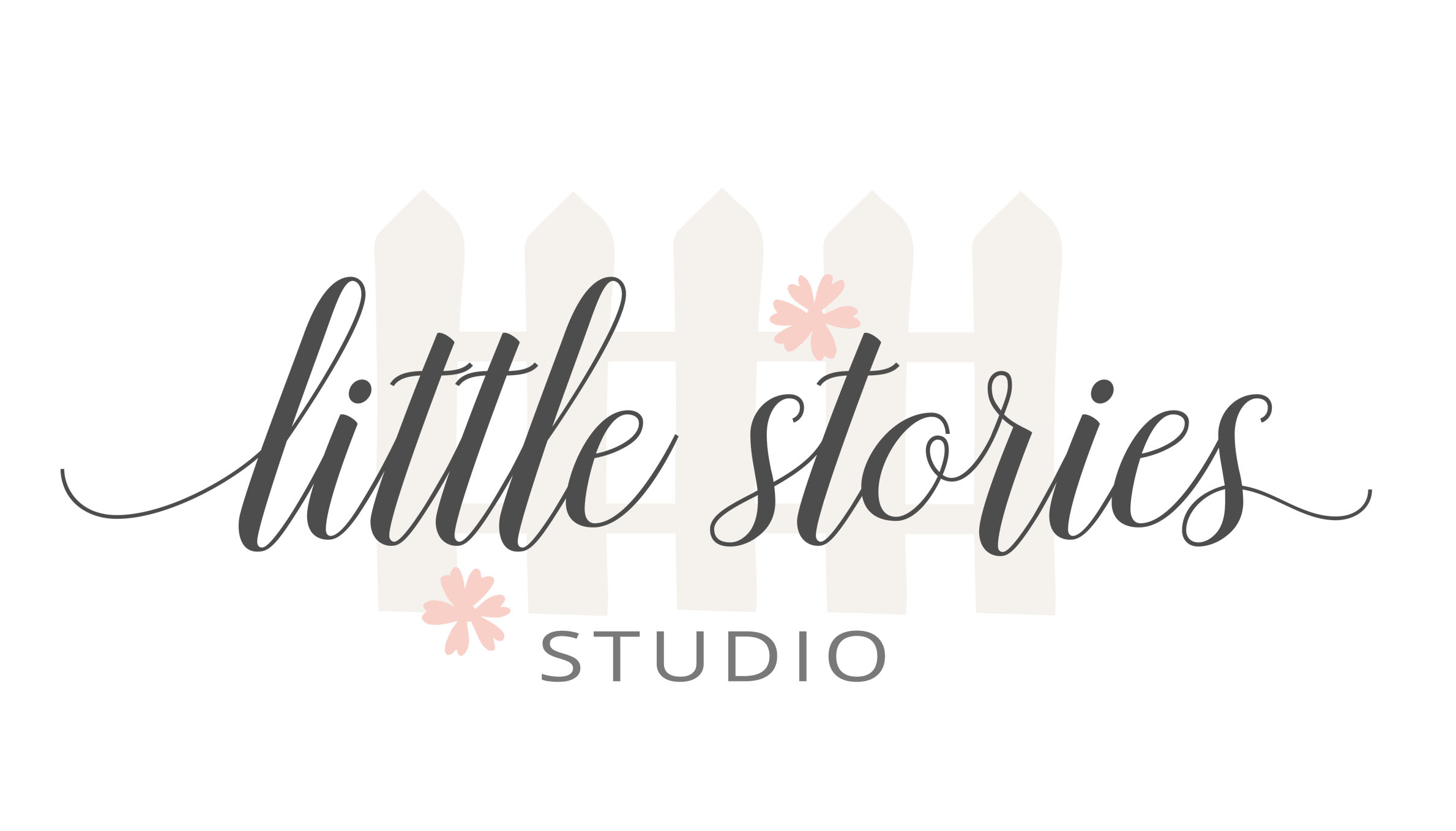22 Feb Where Should I Put the Sun? | Tips for Taking Better Photos at Home
Back in the day, I remember being told that you should stand with your back to the sun when taking photos – the idea being that the sun will be hitting your subjects and lighting them up nicely for the photo.
However, we all know that sometimes this can produce some serious squints and harsh, too-bright light.
So, where do you put the sun??
Here’s my top tips for lighting your subjects using natural light (sunlight) in three different scenarios:
1. BRIGHT SUN, IN THE MIDDLE OF THE DAY
If you can, I suggest avoiding taking your photos in full sun. However, often we grab our cameras to capture spontaneous events that are unfolding – we can’t always control when or where these things happen, or where the sun is positioned at the time.
If you can, move slightly to the side of your subject, so the sun isn’t hitting them directly in the face. In this shot, you can see the bright sun is hitting the bride’s left side, and doesn’t cause her to squint, or create an unpleasant shadow on her face.

You can also try to block the sun using another person or prop. For example, this was taken in bright sunlight with no shade around, but I used the groom to stop harsh shadows and bright spots on the bride’s face.

If you don’t have much shade, you can still get great results by taking your photos either early in the morning or later in the afternoon. The hour before sunset is known as “golden hour” and gives a beautiful warm glow to photos.

So, if you must take photos in the bright midday sun, try positioning your subjects with the light hitting them from the side first. Most point-and-shoot compact cameras do a pretty good job of handling this type of lighting.
2. OPEN SHADE
For soft, even light that doesn’t cause harsh shadows, find a spot that provides nice even shade. You want to avoid the dappled/spotty light that comes through trees, so look at your subject’s faces before you take the photo and make sure there are no bright spots.
There are often lots of places to find suitable shade – the side of a building, under a veranda, indoors (more about indoor photos in a future post), a dense leafy tree, etc. You can even wait for the sun to go behind a cloud if the weather cooperates.
This is my favourite type of natural light for shooting portraits – here are a few examples:



This is the easiest type of lighting for compact cameras to handle, because there is a smaller difference between the brightest area of the photo and the darkest.
3. PUTTING THE SUN BEHIND YOUR SUBJECTS – BACKLIGHTING
If you have a D-SLR or a compact that allows you to manually choose your settings, and you’re comfortable with doing that, you might like to try backlighting for a more dramatic look. Backlight is definitely not something to be used for every photo you snap, but it can look gorgeous, and I also find it handy in some tricky lighting situations.
The most important thing to remember when backlighting is to ensure you are choosing the correct settings so that your subjects are properly exposed.
In this bridal portrait, the main light source is behind her coming through the lace curtains. This makes the curtains very bright, but the bride is properly exposed. I love the gorgeous glow that backlighting gives.

A big benefit of backlighting is that there are no harsh shadows on your subject’s faces, and they’re not squinting into the bright sun – and it can be used at any time of day.
You can also get dramatically different results, depending on whether or not the sun itself is in the photo. These two photos were taken only seconds apart, but I just altered my position slightly, and allowed the sunlight to “leak” into the shot, creating a lovely hazy glow.

These shots of my son at the beach, taken during the golden hour before sunset, are totally backlit, and they also highlight how different a shot can look when the sun is included in the frame.


The reason that compact cameras don’t handle backlighting very well is that they look at a scene and try to give the correct exposure for the entire scene. This usually results in very dark subjects in backlit photos. When you take a photo with the sun shining towards your subject, both the person and the background are equally lit, and your camera gives a good result. If you’re confident with manually manipulating your settings and/or metering method, use spot metering on the subject’s face for backlighting.
If you have a question you’d like answered about taking photos at home, let me know in the comments!



Connie
Posted at 22:17h, 27 FebruaryGreat article. Gorgeous photos! Can you tell me what colour is the wedding dress? I’ve heard that wedding dresses always look white in photos. How can you make sure that the bride doesn’t look like a blob of white in photos?
Gerty
Posted at 09:14h, 01 MarchHi Connie, this wedding dress was pure white. The important thing is not to overexpose the dress, to make sure that the detail isn’t “blown out”. As long as you can see the details, and the white balance is correct, you’ll be fine!